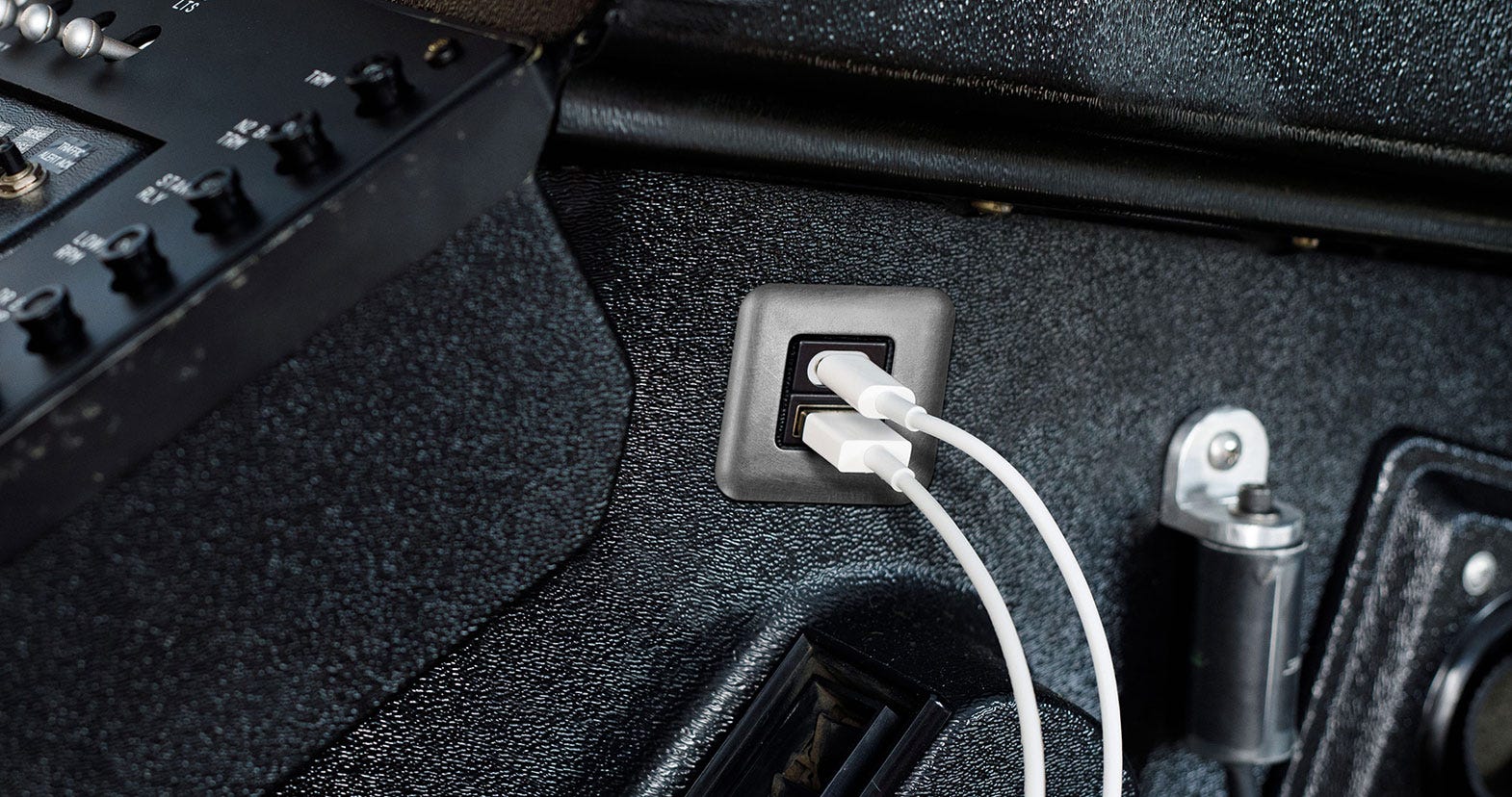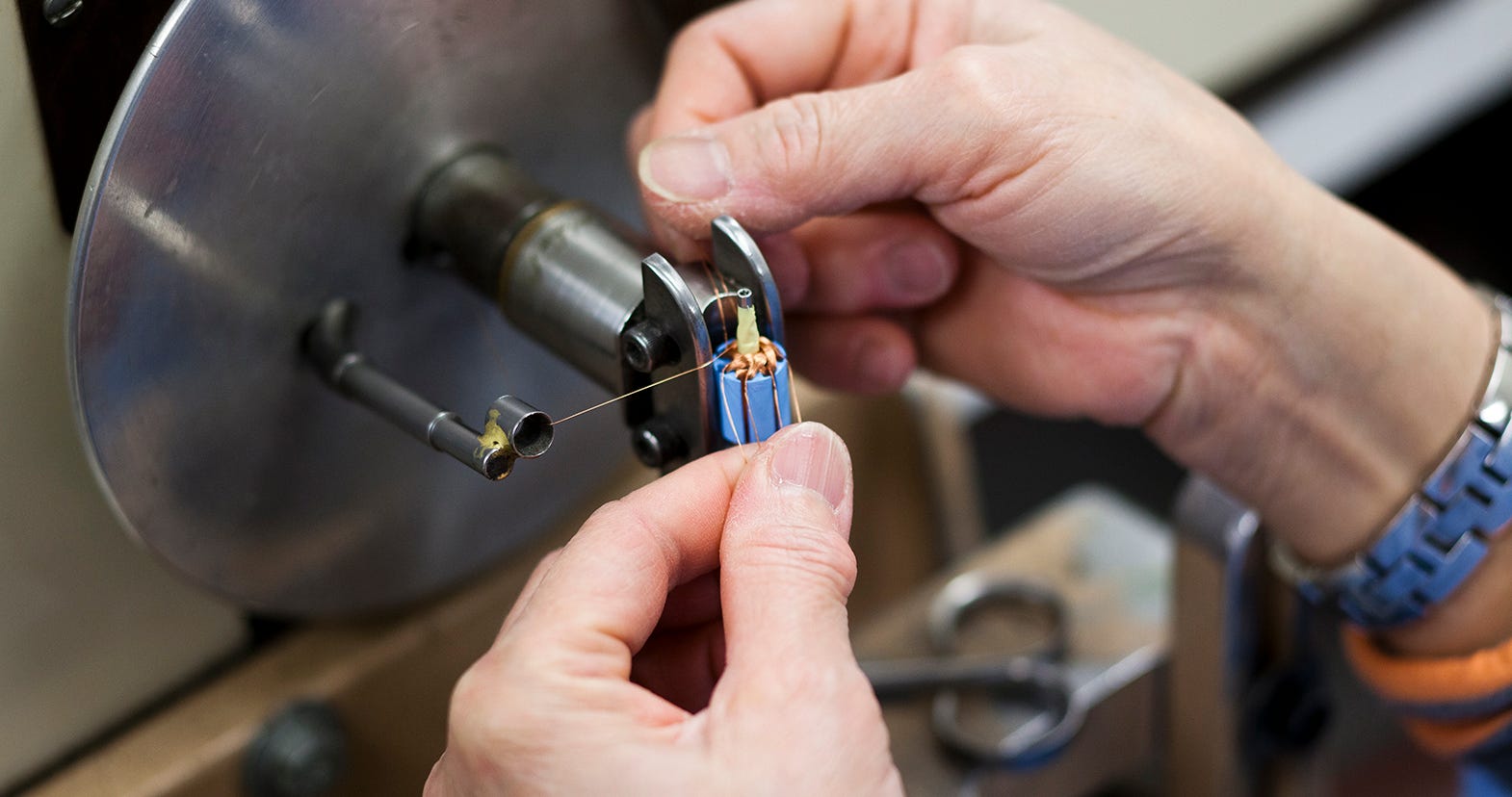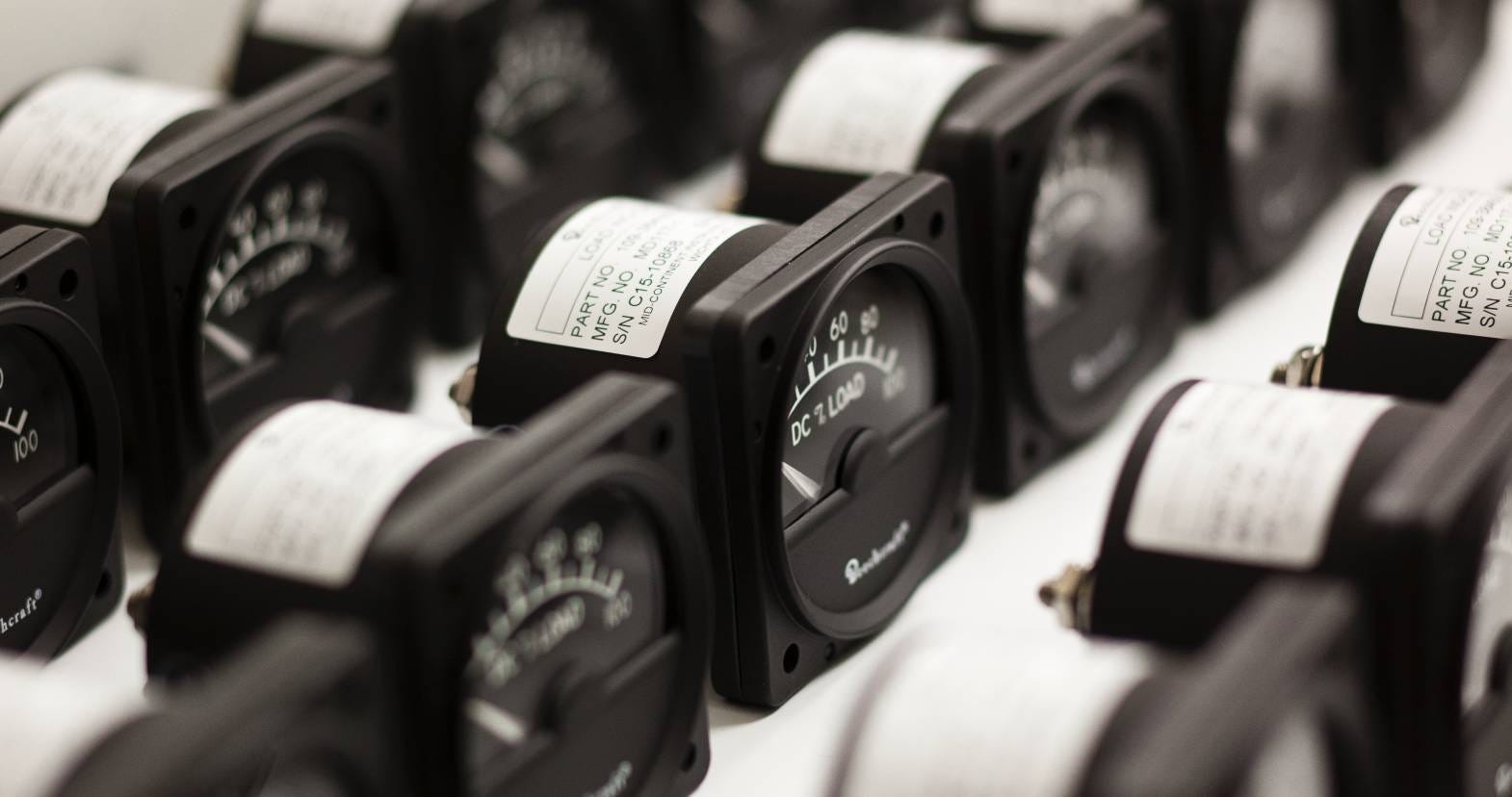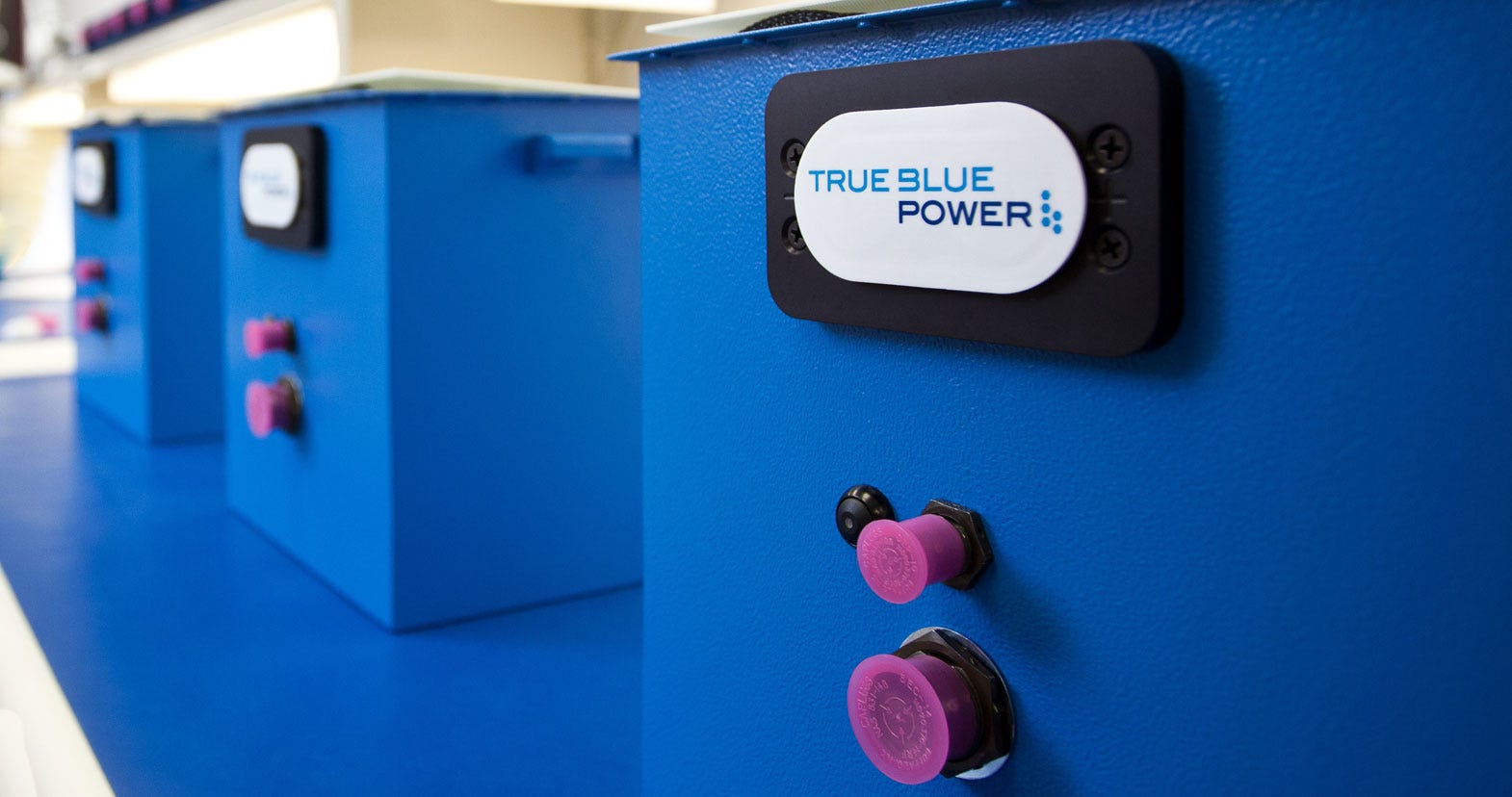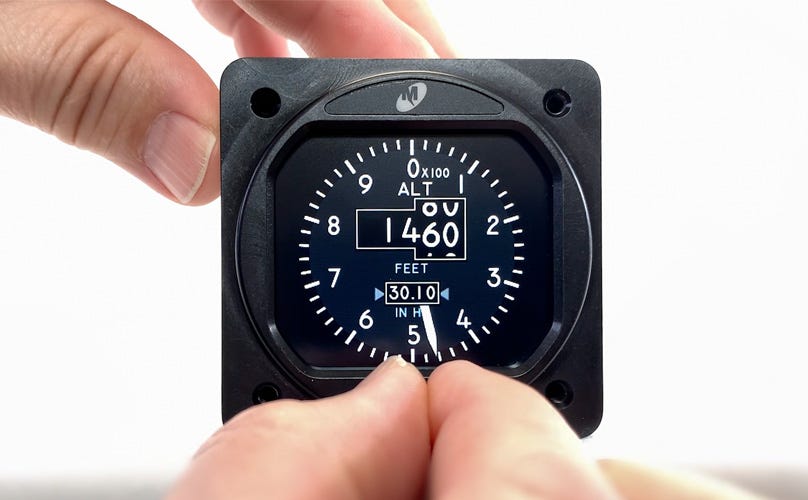
Aviation fuel and gasoline are very different for multiple reasons. For example, aviation fuels must meet strict requirements for flying characteristics such as flashpoint and freezing point, while auto gas is made to run through catalytic converters for pollution reduction, along with other factors.

The attitude indicator is one of the six basic flight instruments found in any cockpit. At a glance, it gives the pilot a clear picture of the aircraft's relative position to the Earth's horizon. With one simple dial, the pilot can see whether the plane is climbing, banking or descending. Without it, a pilot has to cobble together a picture of the aircraft's attitude from other instruments such as the turn and bank indicator and vertical speed indicator.
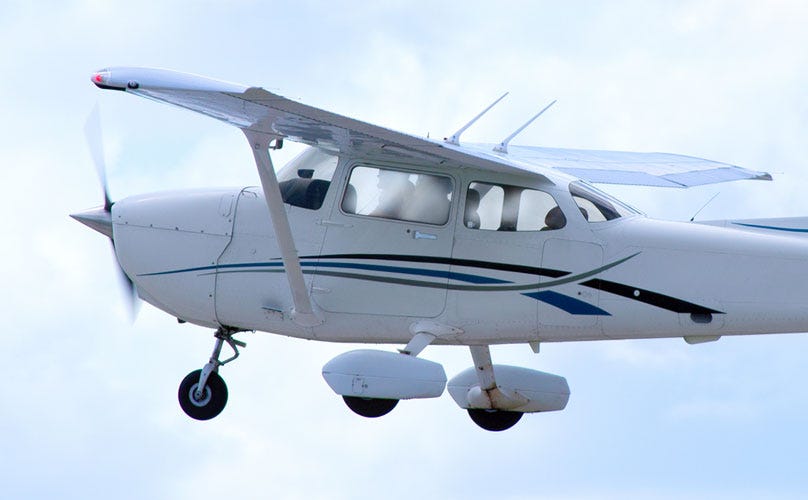
If you're in the market for a new-to-you aircraft, you may be trying to decide between buying a new or a used airplane. The right answer will depend on your expected use case and budget, i.e are you a private pilot looking to switch from renting to owning? Or, are you a Part 135 charter operator looking to expand your fleet?
First, take a look at the options available to you. In 2018 for example, 2,443 general aviation aircraft of all kinds were manufactured, from single-engine trainers to business jets, according to the General Aviation Manufacturers Association. However, there are already more than 200,000 general aviation aircraft based in the U.S., so there are plenty of used aircraft to choose from.

Round dials in a cockpit, also called analog gauges, have been standard in aircraft since the early days of aviation. Glass cockpits, or electronic flight instrument systems, began appearing in commercial aircraft in the late 1990s, and by 2003 they were starting to appear in general aviation airplanes.
Most general aviation aircraft can be ordered with glass cockpits, and older aircraft can be retrofitted to take advantage of the new technology.
Which is best? We'll take a look at the differences between a glass cockpit and an analog cockpit.

Power inverters convert the aircraft’s battery from one type of power to another so electronic devices are compatible, from auxiliary aircraft equipment to passenger and pilot accessories. Here’s how to make sure you have the right inverter for your aircraft’s needs.

Many general aviation aircraft use mechanical attitude indicators that rely on a vacuum or pressure pump to spin the gyroscope inside the instrument. The vacuum pump draws air, or the pressure pump forces air, through a system of pendulous vanes that are used to erect the gyro. When the aircraft is level, the air flows across the vanes evenly. When the aircraft turns, the vanes shift, creating an imbalance in the airflow that the gyro reacts to returning to the upright position...

As a pilot, making good time is always great, but knowing where you are is more important. That’s why you need accurate flight instruments to operate from point A to B safely, which is where the directional gyro comes in. Directional gyros indicate the direction that the aircraft is heading.

Depending on your flight plan, failure of the attitude indicator (AI) may not keep you from flying. Often, common attitude indicator errors will give you a hint that it's time to have the instrument examined by a professional. It may only need an overhaul, or it could be time to replace the unit.

Vertical speed indicators (VSI) measure the change in static pressure due to a change in altitude and present this information as the rate of climb or descent. Because the pointer on the VSI instrument face responds to the difference in pressure between two areas in the instrument, there is often a lag of six to nine seconds for the pressure differential to be established before the VSI can show the actual climb or descent rate, according to the Federal Aviation Administration.

True Blue Power Lithium Battery Upgrade for ALL Pilatus PC-12 Models
PC-12 operators reduce risk of hot starts, costly engine tear downs and inspections, and improve extreme cold-weather performance with lithium-ion engine start batteries..…

Lithium Powered Hawker/Beechjet 400
True Blue Power announced the company’s Gen5 TB40 (40 amp-hour) Advanced Lithium-ion Main Ship Battery is Supplemental Type Certificate (STC) approved on Hawker/Beechjet 400 Series aircraft.…

The 3-Pack is Back!
Mid-Continent Instruments and Avionics announces new, digital standby pack featuring the Flex® Attitude Indicator, Counter Drum Encoding Altimeter, and Airspeed Indicator. All three units AML STC'd on 180+ aircraft models…
Photos View All
